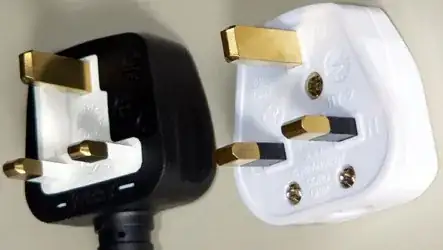In electrical safety, it is often considered dangerous to be in contact with the pins of a plug whilst plugging it in. Does the plug need to be fully in for conductivity between the pins and socket to occur, or does electricity flow through the plug before it has been fully pushed in? Would touching the pins whilst plugging in the plug result in an electric shock, or would the pins not conduct whilst not fully plugged in? Surely though, if it was this easy to be electrocuted then plugs and sockets would be made differently? Thank you for an contribution made.
EDIT: This question concerns 3 pinned British plugs.
